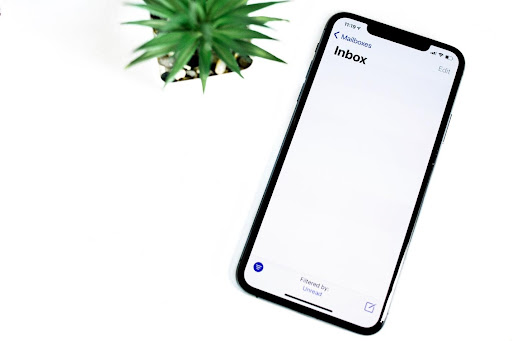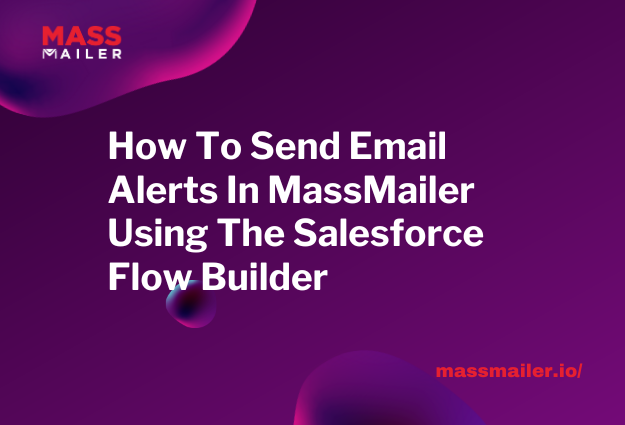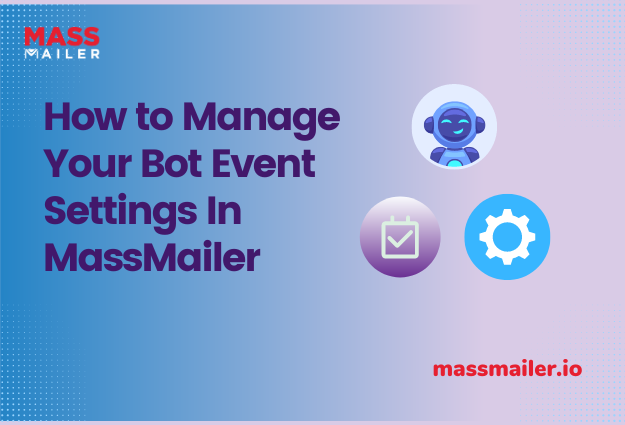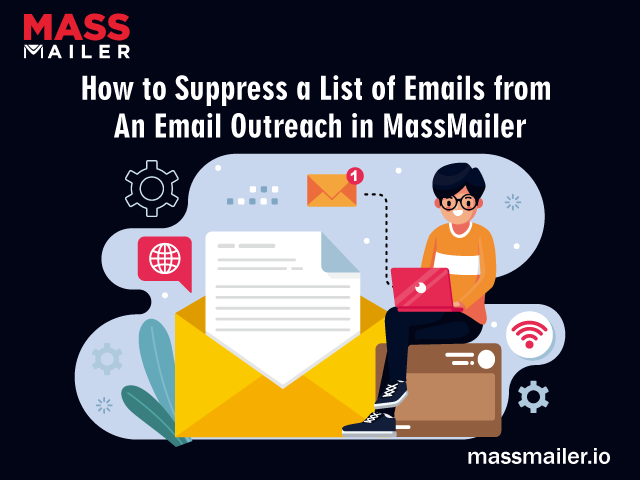Table of Contents
Despite the roaring success of apps like WhatsApp, Viber, and Snapchat, good old email still remains the single most important tool for business communication.
However, with clickbait titles and constant social notifications everywhere, getting and keeping people’s attention has become more challenging than ever.
So, here’s a crash course in grabbing your leads by the shoulders and making them listen to the pitch from the get-go.

Be Personal
Mail merge has been around almost 40 years; learn to utilize it! Add your potential client’s name to the opener, and as they scan their inbox, they can’t help but do a double take. Everyone loves to see their name in print.
Keep It Simple
Overly wordy titles with too much detail can put people off; their eyes glaze over if you include jargon, serial numbers, or lengthy preambles. Think Hemingway: he famously wrote a classic short story in six words. If you find yourself being a little too wordy (or not wordy enough) consider working with a content writing service to get the creative juices flowing.
Mystery
We all like a quick puzzle. Add intrigue to someone’s day by posting a cryptic question or unusual statement as your subject line. To find the answer, they’ll have to click through to the body (and read your pitch).
Urgency
Traditional advertising recommends a strong ‘call to action,’ which can be put in the subject line, or as an alternative, you could subtly introduce a sense of ‘gentle panic’ by asking a truly compelling question.
Humor
Simple, but not easy. Hitting the right note with an informal, jokey title can sometimes be the most effective way to catch the attention of a weary exec. However, get it wrong, and you’re going to turn them off immediately. This shows the importance of our next tip.
A/B Testing
If you’re not sure which potential email subject will get the best responses, don’t leave it to chance, get hard data. Many email services will track multiple campaigns and allow you to test variations until you finally crack the nut. News organizations do this with fresh articles and will alter headlines depending reactions.
Lists
As every self-help author is aware, a list can sell almost anything (and almost anything can be made into a list!) It’s human nature to be attracted to an ordered pile of information instead of a chaotic lump of facts. You’re reading this article, aren’t you?
Friendly But Not TOO Casual
The temptation may be strong but avoid filling your subject line with flashy attention-grabbing characters. Today’s software and on-screen keyboards are stuffed with faces, cartoons, and emojis. It’s all too easy to allow our social media habits spill over into business but hold back. Stay professional and allow at most a single unusual character in your opener — this includes unnecessary exclamation marks!!!
Scarcity Adds Value
No one likes to be the only one ‘missing out’ on something. Try suggesting that your stock is running low, that there are only a few days left to act, that this is a limited-time offer, or that it’s the very last chance to avail of your service. FOMO has been a primary driver of commerce since ancient times.
Technical Questions Before You Launch
When the email arrives at the recipient’s device, will a real name show in the FROM field? Can they reply directly to your email? How much of the subject line appears as a preview? Will the email displayed properly in all clients? Would the campaign benefit from an embedded tracker? Have you chosen the correct day/time to capture your market? Will it trigger common spam filters?
Lure ’em in with $
Nothing says “I’m ready to buy” like dollar signs. People are conditioned to think that anything that costs money is desirable, and your email subject line could be the tipping point between click or nothing else.
Immediate Benefit
Never write an email subject line with nothing but a web link. Most people will hesitate before clicking through if they don’t understand what it is they’re going to get. Since a subject line has a limited number of characters, you only have a few short words to try and convey the value of your offer.
Concise & Clear
Subject lines need to be as short as possible. If you find yourself filling over 20 characters you’ve probably got too much going on and it’s time to consider another option. However, that doesn’t mean the shorter is necessarily better. Just don’t cram more than one thought into a single line. A huge part of effective copywriting is choosing the right words. It’s unlikely you’ll be able to come up with a concise, clear sentence in your first draft, so why not brainstorm phrases and test the best parts later?
___ is an excellent choice
This may not sound like much but it’s surprisingly effective in practice. It implies that the recipient is about to uncover something extremely valuable and should immediately take interest.
Try ___ for $1
Putting a price on your offer instantly gives people a reason to give you their attention. Why $1? Because it’s an amount that almost any recipient would be willing to pay for something to see if it works. If you’re offering your service for free, just drop the currency symbol and replace it with another word like ‘free’.
Prove You Know Me
If you’ve done your research before emailing someone this could be a great way of showing that you’re not just spamming them. Right out of the gate you’re showing a real connection, and it can be a powerful way to motivate them to reciprocate.
I’ve got a quick question
This is an easy way to get someone’s attention. After all, they expect most emails to be requests of some kind and it also gives you the opportunity to do so as briefly as possible. You can always come back later with another email or pick up the conversation via phone if it becomes necessary.
Enclosed is [something]
This implies that the person has already agreed to something and only needs final confirmation. If someone’s already committed to opening your email, there’s a much better chance they’ll be persuaded by your offer. It also underlines the fact that you’ve included an easy way for them to reply quickly, which can’t hurt in terms of click-through rates.
This is a quick fix
People know that complicated things are difficult to implement and understand. If you can show that what you’re offering will solve their problem immediately, then they’ll be far more likely to take note. Much like “this is a limited time offer” it implies urgency without actually having to say it.
There’s a special offer inside
This is exactly how it sounds. An immediate reason to open your email is so they can see what the deal is. It implies that the recipient will receive something extra for opening, and since many email clients automatically highlight links in bold or color, this can help you stand out from the crowd.
I’m going to ease your pain
This is a great way of coming across as understanding and empathetic. It’s a subtle way of including the reader in the email without making it feel too personal, making them more likely to respond well. The best persuaders aren’t those who try to ‘sell’ their offer, but rather those that make you feel like they’re speaking to you directly.
You’ll be glad when this is over
Another way of implying that the recipient will benefit from a certain action, and in this case, it’s opening your email in order to get the best solution. That might seem like an obvious thing to say but in practice, it can be a very effective way of guiding their decision-making process.
Nobody cares about you more than I do right now
Again, this is an easy way of showing that you’re not just spamming. Since you know exactly what’s going on it can be very effective to include this information in your email, especially if it’s something the recipient should already know about.
We need to talk
This should almost certainly be followed up with a ‘here’s what I want’ message, but it’s a great way of getting the recipient to open your email. Everyone expects an urgent message when they’re on the receiving end of this line, and that can be incredibly persuasive in some situations.
This is worth $100 ___
This is a very self-explanatory ‘call to action.’ It implies that the reader is going to get something of great value in exchange for replying, and it’s an offer that almost everyone will respond to. This should be especially effective if the thing you’re offering actually costs more than $100 — you don’t even have to say the dollar amount out loud, but you can include it in the subject line.








